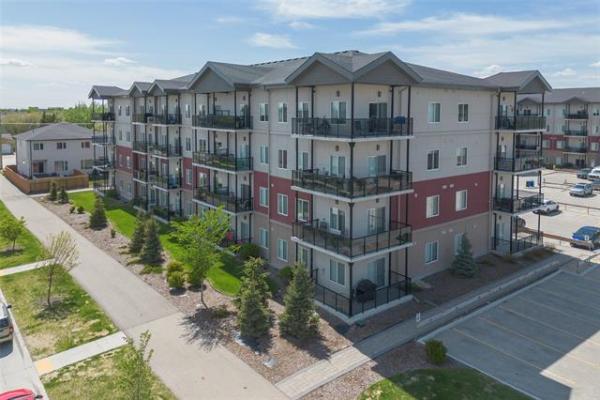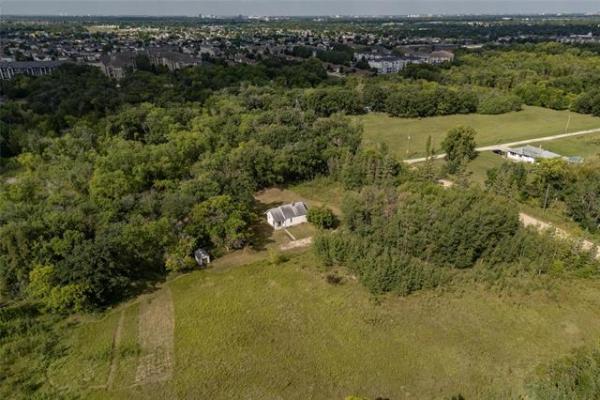QUESTION: We have lived in our home in Charleswood for eight years. It's a 948-square-foot bi-level built in 1968. In the last two years, we have had difficulty closing our front door in the winter and my husband has shimmed up the bottom hinge and put a one-by-four to seal it. The problem has got worse, however, and we don't know who we should call.
We've had major cracks appear from the side of the door to the wall. Would you have any idea what type of problem we have? Is it a foundation problem? No other areas in our home seem to be affected, just the front entrance.
Could you tell us who to call first and is a structural engineer or a foundation repair company able to help us? Any help would be greatly appreciated. Marion Krause
ANSWER: It's very difficult to determine if your door movement is caused by a foundation problem without actually doing a site inspection. The pictures you have provided help, somewhat, but are not conclusive.
A qualified, CAHPI home inspector should be able to inspect the door and foundation and provide you with an unbiased opinion as to the cause. I will venture to guess it may not be related to any major foundation issues or you would likely have seen cracking or movement in other areas, but that's just speculation.
Home inspectors are trained to identify issues in homes and provide advice and guidance, but check the background of any individual before shelling out the money on a potentially costly site visit.
Many inspectors, even competent ones, have limited experience in a construction-related field. This may come as a surprise to some consumers, but that is the reality. The best inspectors often have experience in their field and a background in construction, the trades, engineering or architectural technology. If you call a home inspector who has several years of inspection and construction-related experience, you're likely to get a high-quality, valuable opinion about the source of the problem for your door.
Alternatively, a competent general contractor or journeyman carpenter may also have the ability to differentiate between a foundation problem and a damaged door. Again, ask lots of questions before allowing someone into your home to investigate the issue. A contractor or carpenter with a decade or more of experience has likely seen problems like yours and can provide a proper plan for remediation without the expense of an inspection.
I always advise my clients to ask friends, neighbours, and relatives to recommend contractors they are happy with a year or more after the completion of work. These are normally the most reliable referrals because building contractors do not need any type of licence or training to work in our province.
If a qualified inspector or contractor looks at the issue and feels the problem is caused by a major defect or settlement in the foundation, you may have to explore the problem further. Calling in a reputable foundation repair contractor to look at the foundation and structure may be needed. To allow for a proper view, some wall coverings or insulation may have to be removed from the inside of the foundation in the basement. While this will give a better view of the issues, it should not be done until recommended because there may be enough evidence on the exterior of the foundation or in exposed interior areas to evaluate the situation. If foundation movement is the culprit, repairs may not be quick, easy or cheap, but may prevent further problems in other area of your home down the road.
Since there is little other visible damage to your home, there's a strong possibility the door problem is simply due to a less-serious defect than major foundation movement. The door movement may be caused by stairs or a landing in front of the door. It's very common for these areas to periodically shift with changing moisture in the soil beneath the stairs or landing. Temperature fluctuations can also cause swelling or shrinkage of the soil due to hydrostatic pressure from below the door area. If this is pushing up on the bottom door sill or frame, it could easily be the answer. The solution to this may be to detach the steps or landing from the home or foundation wall and reinstall or replace them with a gap below the existing door frame/sill to allow for the movement.
The final possibility is that the door frame or sill is moisture-damaged or has become detached from the rough framing behind the door due to age and deterioration. In that case, replacement of the door and frame is warranted. Installation of a new pre-hung steel insulated door assembly with proper clearances and insulation may eliminate future troublesome movement.
Ari Marantz is the owner of Trained Eye Home Inspection Ltd. and the President of the Canadian Association of Home & Property Inspectors-Manitoba (www.cahpi.mb.ca). Questions can be emailed to the address below. Ari can be reached at (204) 291-5358 or check out his website at www.trainedeye.ca.
trainedeye@iname.com



